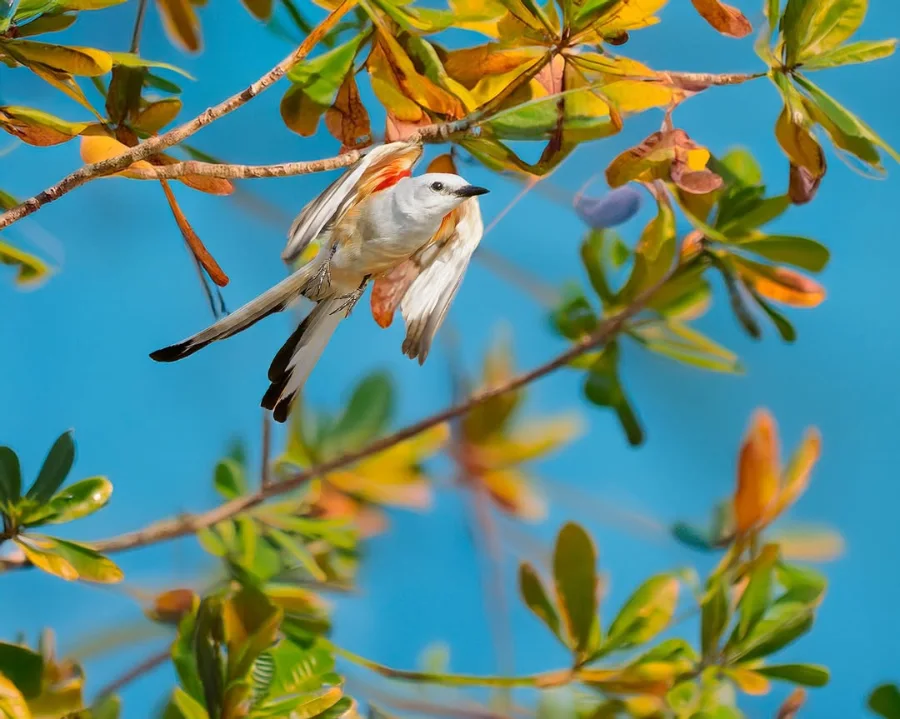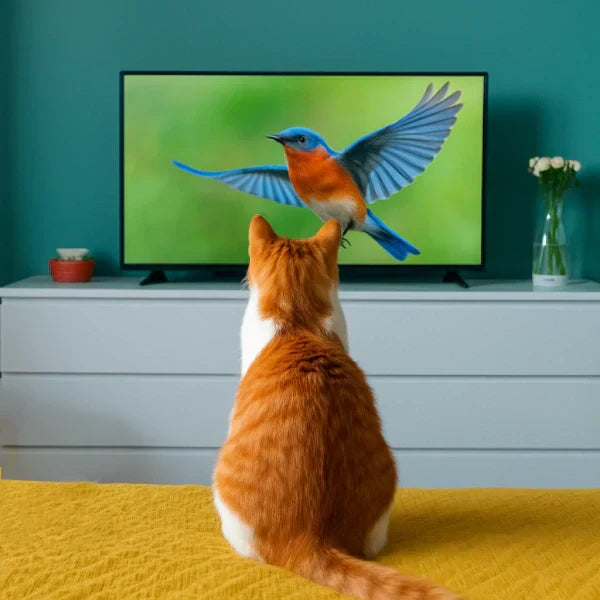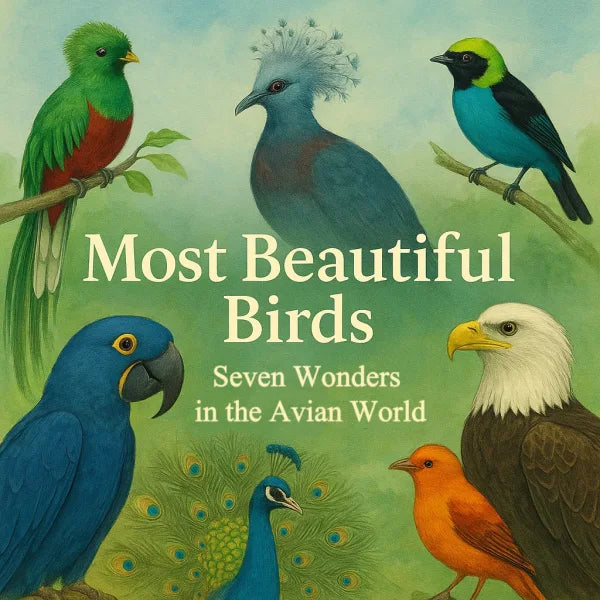Meet Prof. Kalliat T. Valsaraj
In this Feathered Stories interview, we meet Prof. Kalliat T. Valsaraj, whose journey beautifully bridges science and art. He dedicated 38 years to Louisiana State University in Baton Rouge, serving as a professor of chemical engineering before retiring as professor emeritus.
While academia shaped much of his professional life, his heart has always been drawn to photography. Now in retirement, that lifelong passion has taken center stage, with bird photography becoming his way of celebrating and sharing the beauty of the natural world. Let’s step into his world and discover the stories behind his birding journey.

Early Encounters and Inspirations
Birds have long held a special place in Prof. Valsaraj’s life, sparking curiosity and wonder from a young age. “My interest in birds started during my childhood growing up in Kerala, India, which is known for its wide variety of tropical birds and animals along with the rich tropical vegetation and beauty; the state of Kerala is known as ‘God’s Own Country’ for that very reason.”
It was this early fascination that naturally led him to explore photography as a way to capture and share the beauty he admired. “My photography pursuits started when I came to the US as a graduate student, and I bought my first ever camera, a Minolta XGM. Ever since then, during my extensive travels professionally for my university, I started to engage in documenting the beauty of birds and wildlife.”

Favorite Birds and Special Sightings
Among the many birds Prof. Valsaraj has encountered, some have captured his heart more than others. “My favorite bird is the Painted Bunting, one of the remarkable migratory species in Louisiana. This bird spends its winter time in Central America and migrates north during summer to breed. The nine or more different colors on the bird are so remarkable that they really remind you of some paintings. Besides, it is remarkably tolerant of humans and often shows up in woodlands and forests.”

Beyond favorite species, certain encounters have left an indelible mark on his memory. “My most memorable experience is that of seeing an Andean Cock-of-the-Rock, a special bird species in South America. I saw it in Colombia after a long trek into a deep forest. This bird is most remarkable in that it spends most of its time in a ‘lek’ where the males vie for the attention of females. The color on the bird, as well as its crest with a hidden beak and large eyes, is something to see.” The Andean Cock-of-the-Rock (Rupicola peruvianus) is renowned for its striking orange plumage and unique mating displays in lekking grounds, which attract birders and researchers alike.

Rare sightings have also added excitement to his travels. “The existence of a special hummingbird called the Honduran Emerald during my trip to Honduras was so special. This hummingbird is near threatened and almost extinct since its habitat is so vulnerable. I had to go to a very special habitat to see it since it can only be seen in two specific places in Honduras. It is so beautiful that I was struck by the colors that it displays at various angles.”

Understanding Bird Behavior
For Prof. Valsaraj, recognizing birds is not only about what can be seen, but also about what can be heard. “I am still learning to identify birds through their calls. To a large extent, I can only identify some local birds,” he admits. Even so, this growing awareness of sound adds another layer to his encounters, showing how much of birdwatching is about slowing down and tuning in to the subtleties of nature.
Beyond sound, moments of behavior often reveal the most vivid stories. “Birds generally are very protective of their nesting sites. I had the pleasure of seeing a small scissor-tailed flycatcher attacking a much larger Crested Caracara when the latter came a little close to a tree where the flycatcher was nesting and raising its young. The same has been seen recently near my home, where a pair of northern mockingbirds attacked and repulsed an American crow from approaching its nest.” Even in the most ordinary places, nature stages its own extraordinary theater.

Backyard Birds and Personal Reflections
Creating a welcoming space for birds in one’s backyard can transform not only the garden but also one’s daily connection to nature. In this case, the effort is evident: “I have planted many trees around my backyard and front yard, and also kept several feeders and a water fountain in my backyard. I use special feeds that attract a variety of birds and have placed perches in places to make them a photography studio.” Over time, these simple yet thoughtful actions have led to noticeable changes, with a greater variety of birds visiting and the backyard becoming a lively, natural retreat.
Such close interaction with wildlife naturally shapes perspectives. As Prof. Valsaraj reflects on the impact of these experiences, he notes, “Indeed, birdwatching has vastly impacted my outlook towards nature. My academic research was on the environmental effects of chemicals in air, water, and soil. My photography pursuits have been to document the anthropogenic effects on avian species as a marker for human influences on the environment. It is very clear to me that we can judge humans well by how they care for the environment, especially in this age of greed and unbridled use of our earth’s resources to benefit us.” Birdwatching, in this sense, becomes both a lens for observing the natural world and a mirror for understanding human responsibility toward it.

Exploring Birdwatching Beyond the Backyard
While backyards and local green spaces offer daily encounters with birds, there are also special places that deepen one’s connection to nature. Reflecting on these spots, Prof. Valsaraj shares, “My local parks and bayous are my special places for birdwatching. The local parks management does a wonderful job of making these places very user-friendly.” These familiar havens are easy to enjoy and host a rich diversity of birdlife, making regular visits a source of joy and observation.
For those seeking the ultimate birdwatching adventure, the world offers countless opportunities. In his view, “Colombia has the largest number of bird species recorded anywhere in the world. I would definitely go back time and time again to document as many as I can. It also has more than four different habitats that accommodate various species. Three of the bird migratory pathways cross through Colombia, and hence there is the opportunity to see more than 2000 species there.”

Flights of Imagination with Birds
Every birdwatcher carries certain dreams close to heart — a longing to one day witness a species in the wild that holds a special fascination. For Prof. Valsaraj, that bird is the Emperor Penguin. “Emperor Penguins are one of the birds that I would like to see and photograph. I am especially interested in them because of their special parenting methods and the extremes they go through.” Their resilience in one of the harshest climates on Earth makes them a symbol of endurance and devotion, and the chance to see them in their natural world would be unforgettable.

Emperor penguins with chicks, photo by NOAA, Public Domain via Wikimedia Commons.
Daydreams about birds don’t end with watching, though. He sometimes wonders what it would be like to live as one. “I would like to be a hummingbird for a day, since it is one of the most fantastic bird species that has its physiological makeup so special.” To dart between flowers with rapid wingbeats, fueled by nectar, would be to experience life at a completely different speed and scale.

And if the fantasy could go even further — to not just fly as a bird but also speak with them — he knows exactly what he would ask. “I would like to ask them, ‘What do you see down here on earth as you fly and watch humans destroy everything in place?’” It’s a sobering thought, but also a reminder that birds are witnesses to human actions on the planet, and their perspective might be one of the clearest mirrors we have of ourselves.
Supporting Birds and Inspiring Action
For Prof. Valsaraj, supporting birds goes hand in hand with supporting the organizations that dedicate themselves to their protection. “I support the National Audubon Society, American Bird Conservancy, American Ornithological Society, and Baton Rouge Audubon Society.” These groups play a vital role in research, conservation, and advocacy, and their efforts help ensure that bird populations continue to thrive.
Yet beyond institutional support, he also believes in the power of individuals to make a difference. When asked what one small action he would encourage others to take, his answer was simple yet profound: “Allow people to appreciate birds and birdwatching and keep the environment healthy for them.” In his view, fostering appreciation and preserving healthy habitats are essential first steps — because once people begin to value the presence of birds, they are more likely to protect the spaces that sustain them.

To Prof. Valsaraj, and To You
We extend our heartfelt thanks to Prof. Valsaraj for taking part in this interview and generously sharing his time, experiences, and insights with us. All of the photographs (except the Emperor Penguins image) featured in this article are his own work, a reflection of his deep passion for birds and the natural world. If you’d like to explore more of his photography, you can find him here:
- Instagram: @valsaraj.kt
- YouTube: @KalliatTValsaraj
- Website: Wildlife Wanderings Photography
If this story has inspired you, we invite you to explore more pieces from our Feathered Stories series, where birdwatchers and enthusiasts share their unique journeys and perspectives. And if you have a story of your own to tell, we would love to hear from you — your voice could be the next to take flight in our growing collection.




Leave a comment
All comments are moderated before being published.
This site is protected by hCaptcha and the hCaptcha Privacy Policy and Terms of Service apply.